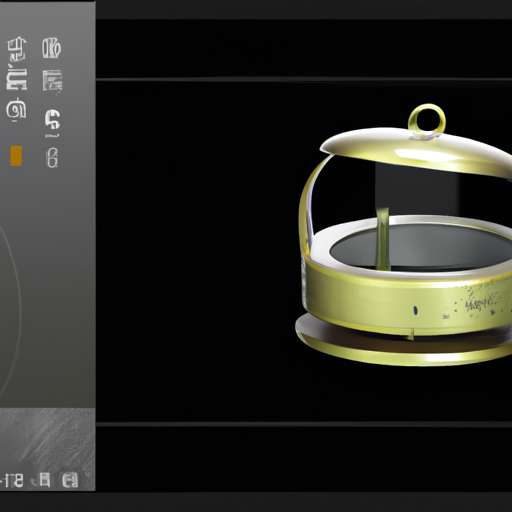Ceramic capacitors are a common electronic component used to store charge and regulate voltage in circuits. With the continuous development of technology, the specifications of ceramic capacitors are constantly being updated and improved. This article will introduce the specification requirements of the latest ceramic capacitors.

Secondly, the specification requirements of the latest ceramic capacitors also include aspects such as operating temperature range, leakage current, dielectric loss, polarity, and lifespan. Operating temperature range refers to the temperature range within which the capacitor can operate normally, typically measured in degrees Celsius (°C). Leakage current refers to the current leakage of the capacitor at rated voltage, typically measured in microamps (μA). Dielectric loss refers to the energy loss of the capacitor during operation, usually expressed as a percentage. Polarity refers to the positive and negative polarity of the capacitor, categorized as polarized and non-polarized. Lifespan refers to the usage lifespan of the capacitor, typically measured in hours (h).
Lastly, the specification requirements of the latest ceramic capacitors also include some other special requirements such as fire resistance, environmental requirements, and reliability requirements. Fire resistance refers to the fire resistance of the capacitor at high temperatures, typically meeting the UL94V-0 standard. Environmental requirements refer to the environmental performance of the capacitor, typically meeting the RoHS standard. Reliability requirements refer to the reliability performance of the capacitor, usually ensured through rigorous testing and certification.
In conclusion, the specification requirements of the latest ceramic capacitors cover aspects such as capacitance, rated voltage, temperature coefficient, dimensions, packaging, operating temperature range, leakage current, dielectric loss, polarity, lifespan, fire resistance, environmental requirements, and reliability requirements. The completeness and strict adherence to these specifications can ensure the quality and performance of ceramic capacitors, meet the requirements of different application scenarios, and drive the development of the electronic components industry.